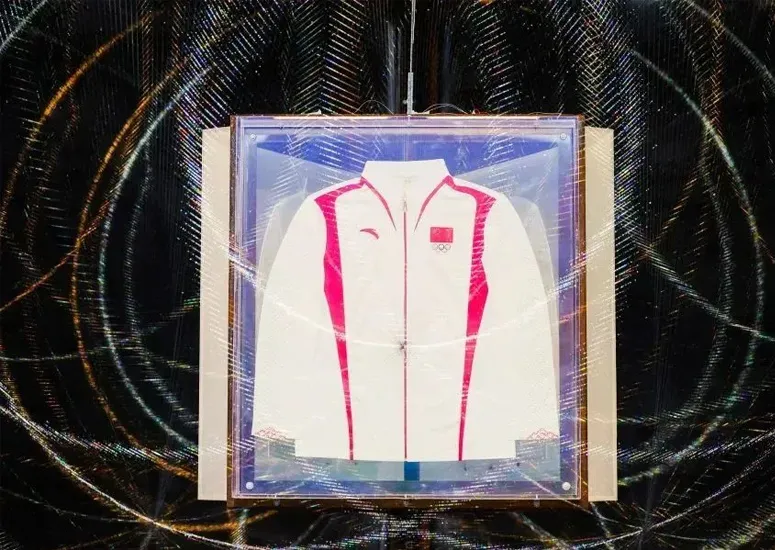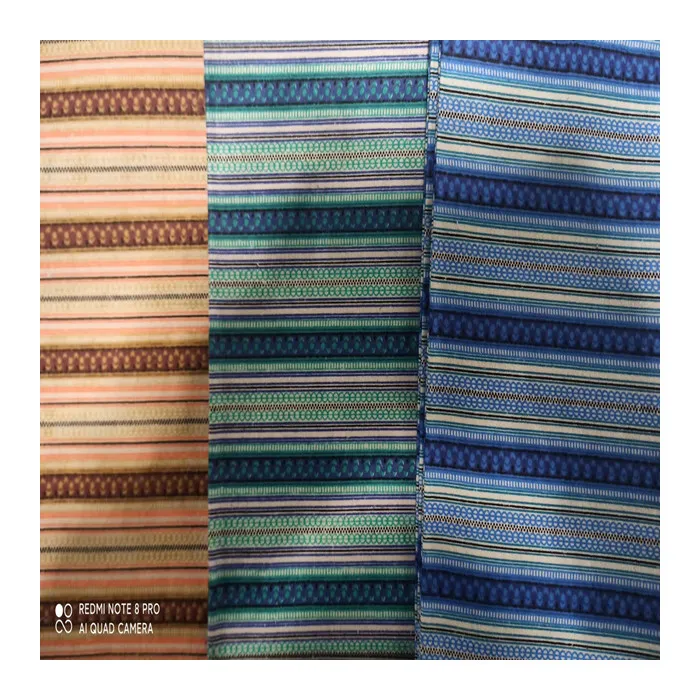
- Afrikaans
- Albanian
- Amharic
- Arabic
- Armenian
- Azerbaijani
- Basque
- Belarusian
- Bengali
- Bosnian
- Bulgarian
- Catalan
- Cebuano
- Corsican
- Croatian
- Czech
- Danish
- Dutch
- English
- Esperanto
- Estonian
- Finnish
- French
- Frisian
- Galician
- Georgian
- German
- Greek
- Gujarati
- haitian_creole
- hausa
- hawaiian
- Hebrew
- Hindi
- Miao
- Hungarian
- Icelandic
- igbo
- Indonesian
- irish
- Italian
- Japanese
- Javanese
- Kannada
- kazakh
- Khmer
- Rwandese
- Korean
- Kurdish
- Kyrgyz
- Lao
- Latin
- Latvian
- Lithuanian
- Luxembourgish
- Macedonian
- Malgashi
- Malay
- Malayalam
- Maltese
- Maori
- Marathi
- Mongolian
- Myanmar
- Nepali
- Norwegian
- Norwegian
- Occitan
- Pashto
- Persian
- Polish
- Portuguese
- Punjabi
- Romanian
- Russian
- Samoan
- scottish-gaelic
- Serbian
- Sesotho
- Shona
- Sindhi
- Sinhala
- Slovak
- Slovenian
- Somali
- Spanish
- Sundanese
- Swahili
- Swedish
- Tagalog
- Tajik
- Tamil
- Tatar
- Telugu
- Thai
- Turkish
- Turkmen
- Ukrainian
- Urdu
- Uighur
- Uzbek
- Vietnamese
- Welsh
- Bantu
- Yiddish
- Yoruba
- Zulu
Feb . 18, 2025 10:01
Back to list
For Algeria Market Cvc Flannel Fabric Printed Flower Designs 120gsm.
Textile art, a captivating realm within the broader world of artistic expression, has evolved significantly over the years, blending traditional techniques with contemporary aesthetics to create pieces that transcend mere fabric and thread. This art form's rise in popularity is attributable to its unique ability to convey complex narratives, cultural histories, and personal stories through the tactile medium of textiles.
Sustainability is another critical element in the discussion of textile art. With growing awareness of environmental issues, many contemporary textile artists are turning to sustainable practices, sourcing eco-friendly materials, and employing methods that minimize waste. This shift not only reflects a responsible and ethical approach but also enhances the trustworthiness of the artists and their work. In an era where consumers increasingly value sustainability, textile art's commitment to eco-friendly practices resonates with audiences, adding an additional layer of authority to the art form. The commercial aspect of textile art is equally significant. As a product, textile art appeals to a wide range of buyers, from private collectors to corporate clients seeking unique pieces to adorn their spaces. The tactility and warmth of textiles offer something that other art forms often lack—a sense of home and comfort, making them desirable for interior design. The bespoke nature of many textile pieces also means they can be tailored to fit specific needs, increasing their demand and market value. Textile art's relevance extends into the realm of social and political commentary, with many artists using their craft to address pressing issues such as gender, identity, and migration. This approach not only elevates the medium's authority but also engages audiences in meaningful dialogue, fostering a deeper understanding of complex topics through the accessible lens of art. In conclusion, textile art stands as a formidable expression of human creativity, one that bridges the old with the new, the personal with the universal, and the artistic with the commercial. Through a combination of expertise, authority, and trustworthiness, textile artists continue to push the boundaries of what is possible, transforming simple threads into profound narratives of human experience. Whether it serves as a cultural artifact, a sustainable product, or a medium for social change, textile art remains an invaluable component of the artistic landscape, celebrated for its ability to weave together the diverse strands of human existence.


Sustainability is another critical element in the discussion of textile art. With growing awareness of environmental issues, many contemporary textile artists are turning to sustainable practices, sourcing eco-friendly materials, and employing methods that minimize waste. This shift not only reflects a responsible and ethical approach but also enhances the trustworthiness of the artists and their work. In an era where consumers increasingly value sustainability, textile art's commitment to eco-friendly practices resonates with audiences, adding an additional layer of authority to the art form. The commercial aspect of textile art is equally significant. As a product, textile art appeals to a wide range of buyers, from private collectors to corporate clients seeking unique pieces to adorn their spaces. The tactility and warmth of textiles offer something that other art forms often lack—a sense of home and comfort, making them desirable for interior design. The bespoke nature of many textile pieces also means they can be tailored to fit specific needs, increasing their demand and market value. Textile art's relevance extends into the realm of social and political commentary, with many artists using their craft to address pressing issues such as gender, identity, and migration. This approach not only elevates the medium's authority but also engages audiences in meaningful dialogue, fostering a deeper understanding of complex topics through the accessible lens of art. In conclusion, textile art stands as a formidable expression of human creativity, one that bridges the old with the new, the personal with the universal, and the artistic with the commercial. Through a combination of expertise, authority, and trustworthiness, textile artists continue to push the boundaries of what is possible, transforming simple threads into profound narratives of human experience. Whether it serves as a cultural artifact, a sustainable product, or a medium for social change, textile art remains an invaluable component of the artistic landscape, celebrated for its ability to weave together the diverse strands of human existence.
Latest news
-
The Versatility and Elegance of White Cotton Poplin FabricNewsJun.23,2025
-
The Luxurious Comfort of Carded CottonNewsJun.23,2025
-
Explore the Luxurious Comfort of Cotton Flannel ClothNewsJun.23,2025
-
Discover the Versatility of Cotton Poplin ClothNewsJun.23,2025
-
Bleach Cotton FabricNewsJun.23,2025
-
100 Cotton BlendNewsJun.23,2025
-
Versatile Elegance with Poplin Fabric for SaleNewsMay.15,2025
